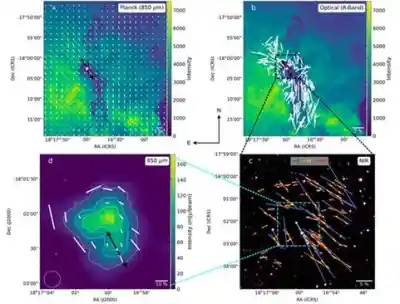

Bhubaneswar, Jan 15: “I am ignorant of the very reason behind my suspension from Biju Janata Dal(BJD)”, said Patkura MLA Arvind Mohapatra on Thursday.
Responding to media persons following his suspension from the Biju Janata Dal Mohapatra said, “Allegations of antiparty activity against me, is quite shocking.”
Underlining his ties with the BJD, Mohapatra said that he is one among the BJD legislators who is in well relation with the party, party leaderships and with the people of his constituency.
He also mentioned that he has been carrying out the party’s resolves in heart & soul from day one of his association with the BJD, till date.
“I am committed for the development of the constituency and the people of Patkura as one of the benign associates of BJD. However, I don’t know the exact matter and the cause behind, for which the party President initiated this action against me”, Mohapatra added.